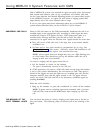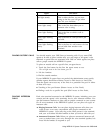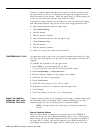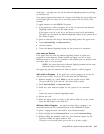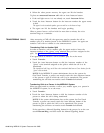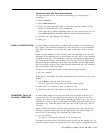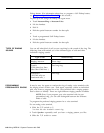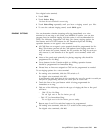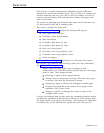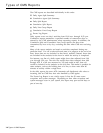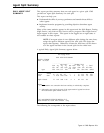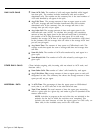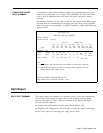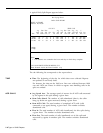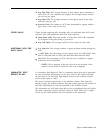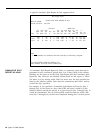
Overview
CMS provides a wealth of Management Information System (MIS) data
through both on-line and historical reports. They can help you manage your
resources efficiently and keep your costs in line. For instance, you can use
reports to forecast staffing needs and determine whether line groups need
more or fewer lines.
The reports are generated from historical data stored on the hard disk. You
can print reports while CMS is managing calls.
This section is divided into these parts:
● Types of CMS Reports.
Describes the following MIS reports:
Daily Agent Split Summary
Cumulative Agent Split Summary
Daily Split Report
Cumulative Split Report by Day
Cumulative Split Report by Hour
Daily Line Group Report
Cumulative Line Group Report by Day
Cumulative Line Group Report by Hour
Events Log Report
● How to Generate Reports. Describes how to select and print reports.
You can also copy historical data onto floppy disks. For more information,
see Section 8, “Archiving Data.”
NOTE: When you make certain types of changes in shift
configurations, you could affect all the historical data for a line group,
agent, or split.
These changes include:
Removing an agent from the Agent Directory
Adding a line to a line group, removing a line from a line group,
or moving a line from one line group to another
Assigning an agent an ID that once belonged to another agent
Changing line group IDs or the number of line groups on the
Administer Line Groups screen
Changing a split ID or changing the number of splits on the
Configure Splits screen
To keep your historical data accurate, print any outstanding historical reports
and delete the old historical data files before making any of the changes listed.
The historical files are located in the directory \cms\cmsrept. For instructions
on deleting files, see the MS-DOS user’s guide that came with your PC.
Overview 7-1



